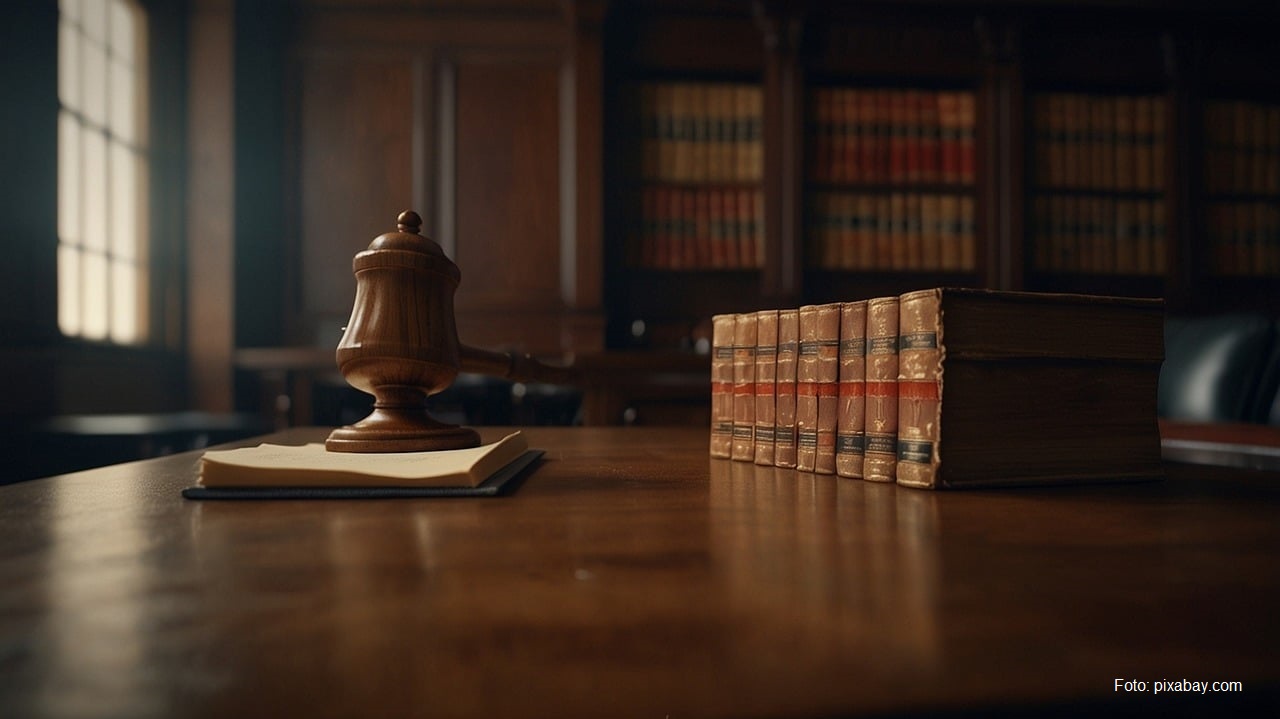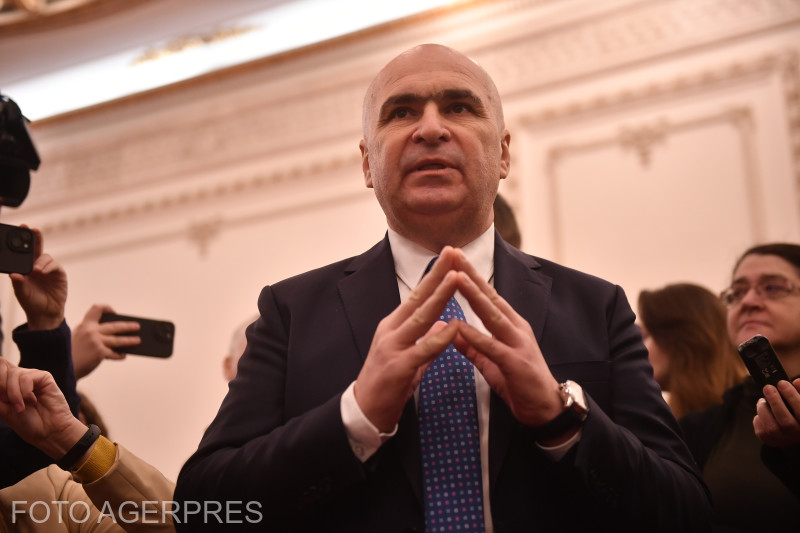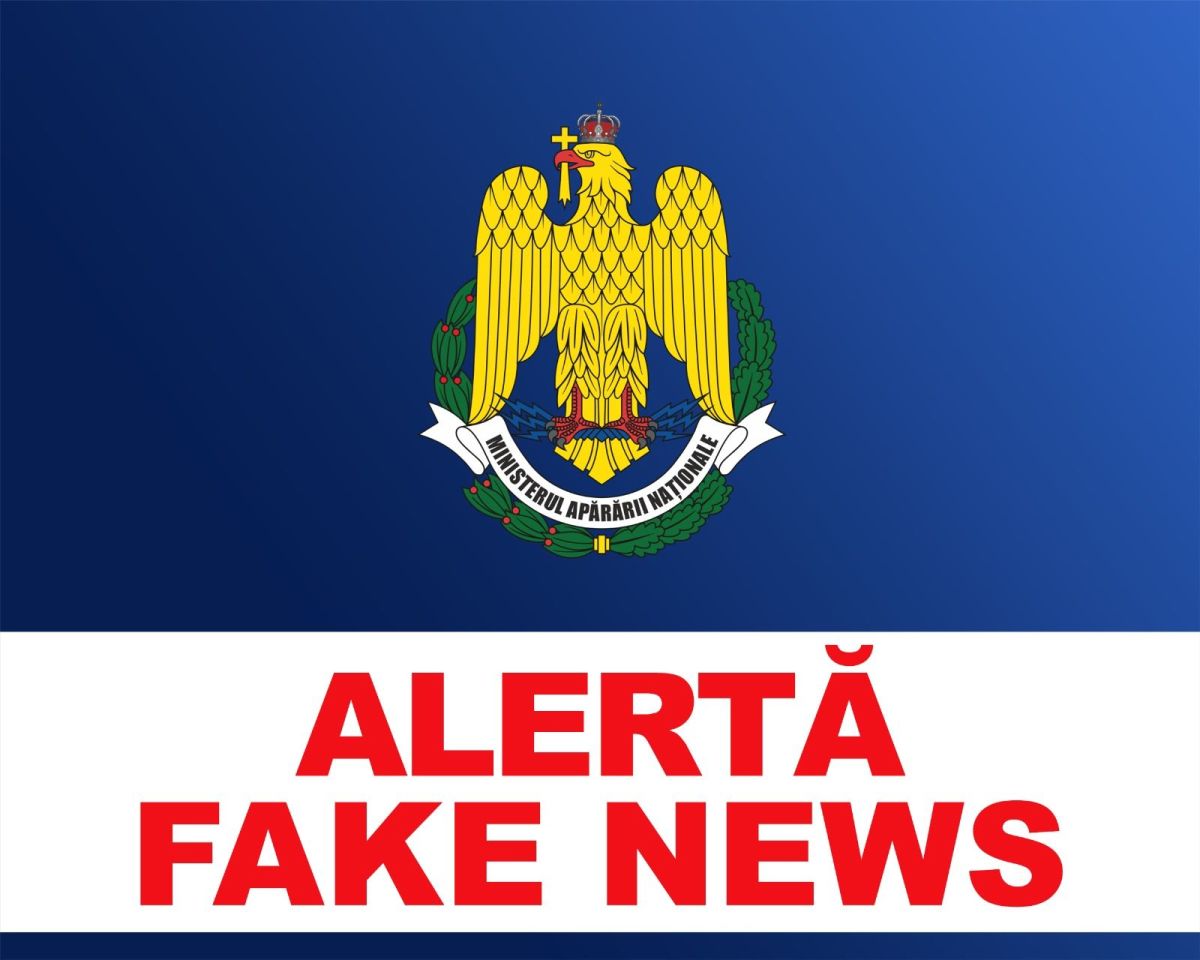The miners’ riot case, reopened
The case of the miners’ riot of June 1990 is back on the agenda of Romanian prosecutors.

Bogdan Matei, 26.04.2024, 13:50
More than thirty years have passed and Romania is yet to clarify the darkest episode in its post-communist history. On Thursday, prosecutors started fresh hearings in the case of the miners’ riot, known as “Mineriada”, when protests against the leftist government, installed after the anti-communist revolution, were crushed by security forces with the support of the coal miners from Jiu Valley (south-east), who were asked to go to the capital Bucharest. Investigators have already informed members of the country’s 1990 leadership, such as the then PM Petre Roman, deputy PM Gelu Voican Voiculescu, head of the Intelligence Service Virgil Magureanu, ministerial adviser Adrian Sârbu and others, that they are suspects in the case. They have all been accused of crimes against humanity.
According to military prosecutors, in June 1990 the four launched a repressive policy against the civilian population of Bucharest, following which four people were killed, two were raped, over 1,300 suffered physical injuries or or mental damages and over 1,200 were detained illegally. The Prosecutor’s Office specifies that the events and the classification of the criminal offense are based exclusively on the evidence administered after June 4, 2021, the date when the case was returned to the Prosecutor’s Office and all previously evidence was annulled.
On May 20, 1990, five months after the fall of Nicolae Ceauşescu’s communist dictatorship, his former minister in the 1970s, Ion Iliescu, perceived as the leader of the Revolution, won the first free presidential elections with about 85% of votes. His party, a heterogeneous combination of genuine revolutionaries and second-rate communists, had won two-thirds of the seats in Parliament. The University Square, occupied by students since April and proclaimed a “neo-communism-free zone”, had already emptied, because the protesters had accepted the verdict of the ballot boxes. Only a few dozen protesters on hunger strike remained there, as if unable to continue their lives outside the Square.
Their evacuation by the Police, on the night of June 13, was conducted with disproportionate force, which evoked the repression from the days of the Revolution. It is still unclear today if those who, the next day, reacted by fighting in the streets with the police and occupying the headquarters of the Ministry of the Interior and the Public Television, had really had any connection with the Square. Iliescu and his entourage tagged them as “legionaries” (the extreme right in the interwar period) and, although the army had already restored order, they called on the population to save “democracy in danger”.
The miners from the Jiu Valley, answered their call. In two days alone, June 14 and 15, they took control of the Capital, where they replaced any legal authority. It was enough to leave behind thousands of traumatized people. The vandalized university and headquarters of the opposition parties and of independent newspapers completed the picture of the miners’ invasion, which would tarnish the image of a country that had barely restored its international prestige after the Revolution. (EE)






























